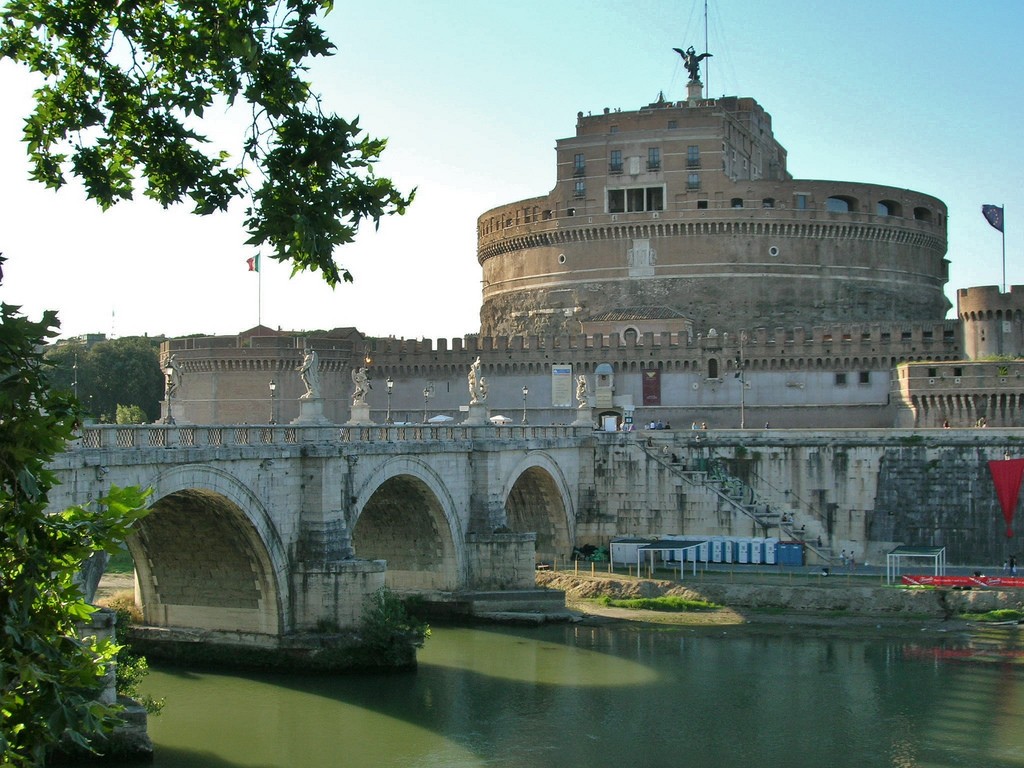The sun has barely even begun its rise from the inky depths of yesterday’s night but the streets are already whirling to the rhythms of the next day. It’s a constant race to catch one’s own tail – frenetic, urgent, relentless, familiar. The diurnal cycles that once called out to the masses the prescribed tasks at the prescribed times; it now fall on deaf ears, and eyes blinded to morning’s pageant of pinks, oranges and midnight blues by neon and fluorescent. To whom the call is audible, they turn to face it, twice daily, humbled by its authority, exalted by its majesty.
The islands that comprise the Indonesian Archipelago have the unique quality of being able to put together the best dawn and dusk displays. And it’s not even due to something so ominous as toxic particles in the air reflecting the most seductive of ruby reds. The air in the Southern Sulawesi capital of Makassar is clean and fresh; the paint brush strokes of vermillion, and all tones of atomic tangerine. The best spots for catching both sunrise and sunset is at Pantai Losari (Map at the end of article) which, is located at the Western end of the city. It is an especially pleasant excursion in the evenings as the whole stretch of boardwalk (now laid out in concrete) is lined with warungs and food stalls, where grilled seafood can be had on the cheap with a pint of Bintang.
Further up along the coast (Map at the end of article), there is another spot from which to view the setting sun. Approximately at the same level as the Aston Hotel but alongthe water’s edge is a jetty where small craft bring passengers to and from the islands. It’s called the Dermaga Kayu Bangkoa. It’s a constant kaleidoscope of colours from the constant stream of people and the goods that are being loaded and offloaded from the watercraft. The approach to this picturesque wooden jetty is shaded by the branches and vines of large banyan trees. During the golden hours, shining lances of light pierce through the canopy and light the way towards the waters. Traditional houses along the edge form distinctive silhouettes, it’s black papercut architecture letting slip the geography of its heritage.
An hour or two, at the jetty, watching the world go by, accompanied by a cacophony of sounds that run the spectrum from thumping boat engines, shouted conversations and youths playing on the guitar, is absolutely magical. Just as magical as the swirls and whirls of the crimson cast on the stage before us.






More Information
- Makassar is the capital of South Sulawesi
- Numerous daily flights are available from Jakarta ( 2hrs 30 mins)
- There are 3 flights per week from Singapore on Silkair ( 2hrs 55 mins)


![[Review] Fireplace by Bedrock Launches Unlimited Wood Fired Brunch with Festive Treats at One Holland Village [Review] Fireplace by Bedrock Launches Unlimited Wood Fired Brunch with Festive Treats at One Holland Village - Alvinology](https://media.alvinology.com/uploads/2025/12/firestar-by-bedrock-brunch-grilled-25-110x110.jpg)







